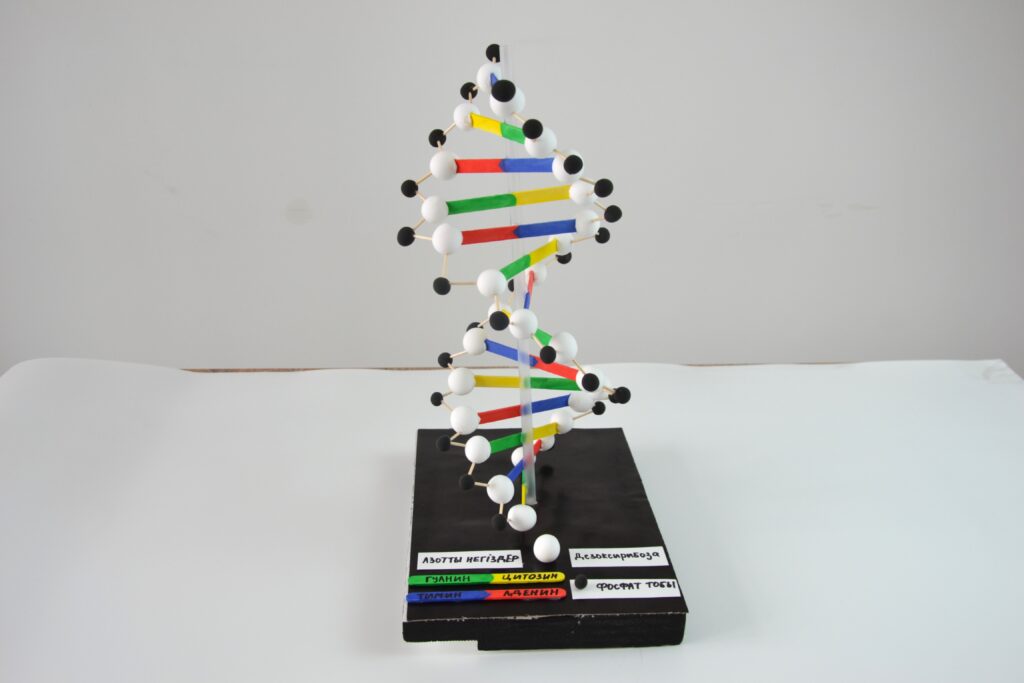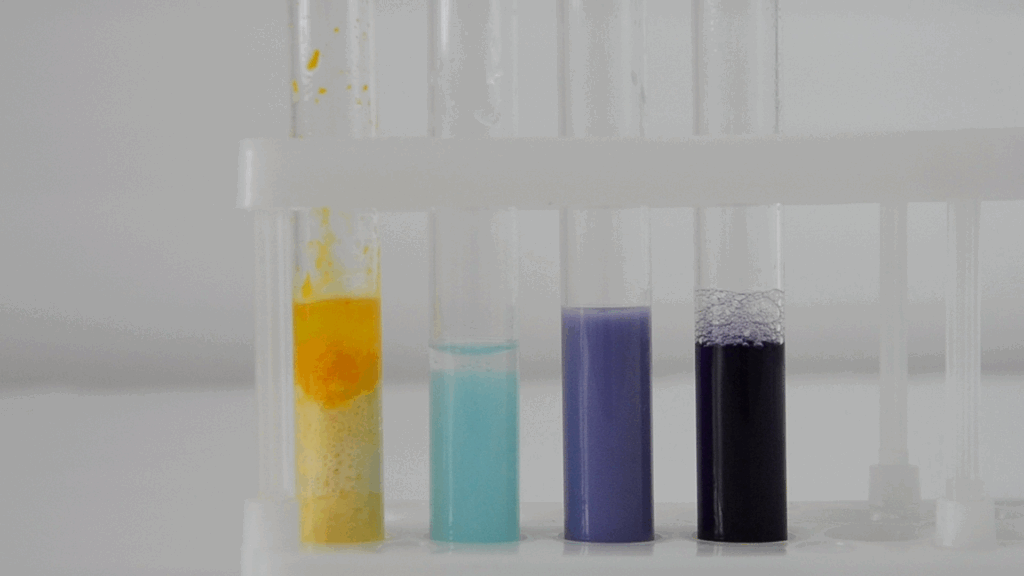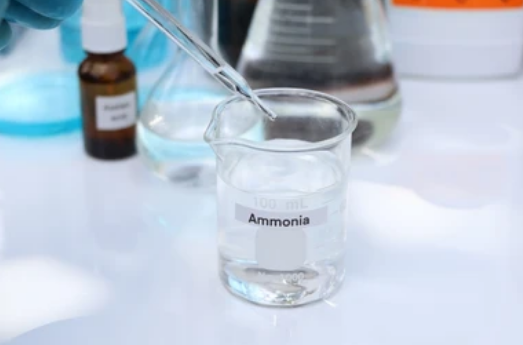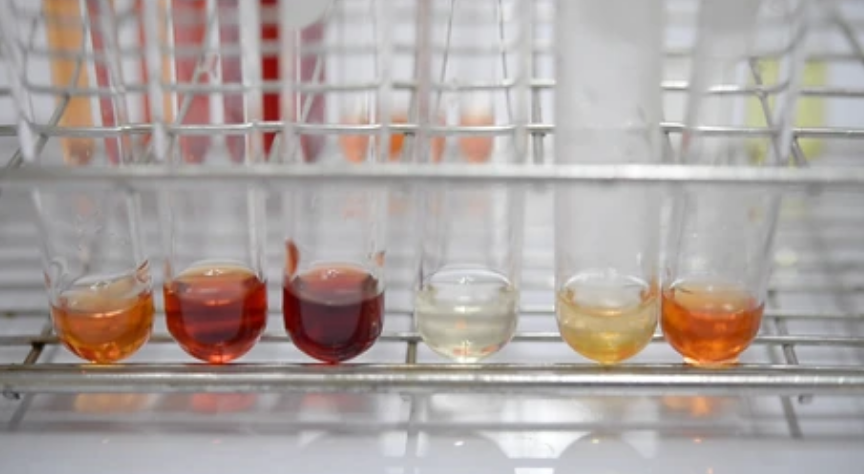Laboratory work #4: «Modeling Molecules of Organic Compounds»
Description: In this activity, students build models of simple aliphatic compounds (methane, ethane, propane, 1-chloropropane) using plasticine and toothpicks. Modeling helps visualize the structure of organic compounds, understand the principle of carbon tetravalency, and see the spatial arrangement of atoms in molecules. Section of the Long-Term Plan Subsections of the Standard Curriculum Learning objectives Introduction to organic chemistry Homologous series.IUPAC nomenclature of aliphatic compounds. 10.4.2.3 explain the formation of homologous series and the similarity of properties of their homologues; 10.4.2.4 draw structural formulas of compounds and name them according to IUPAC nomenclature.
Laboratory work #4: «Modeling Molecules of Organic Compounds» Read More »











